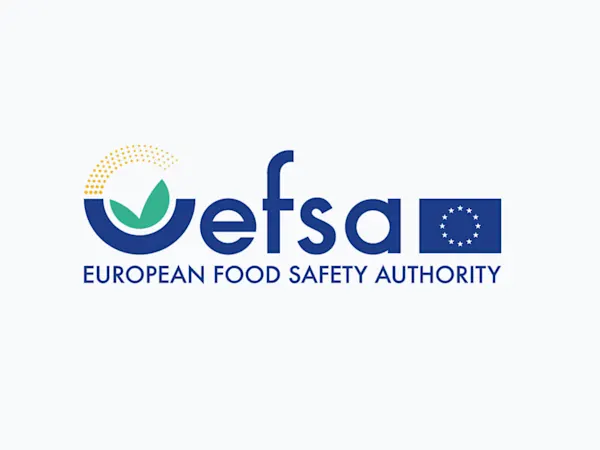
EFSA Seeks Feedback on Overhaul of Weight of Evidence and Biological Relevance Guidance
EFSA launches consultation on updating its Weight of Evidence and Biological Relevance guidance, aiming to streamline chemical risk assessment practices.


The European Chemicals Agency (ECHA) reported a 6.4% non-compliance rate in European Economic Area (EEA) cosmetic products after a pilot enforcement project. The project, concluded in October 2024, focused on identifying non-compliant use of specific restricted chemicals under the Persistent Organic Pollutants (POPs) and REACH regulations, particularly in products containing per- and polyfluoroalkyl substances (PFAS), such as perfluorononyl dimethicone and cyclopentasiloxane (D5).
Between November 2023 and April 2024, the ECHA's Forum for Exchange of Information on Enforcement coordinated inspections across 13 member countries, including Germany, Italy, and Sweden. Inspectors reviewed 4,686 products, mostly cosmetics, with a focus on wash-off products containing restricted compounds. Non-compliant products accounted for 6.4% of the total, with infractions in 285 of 4,478 inspected cosmetic products.
The most common restricted substances found were:
Other identified substances included cyclotetrasiloxane (D4), cyclomethicone (a blend of D4, D5, and D6), and perfluorooctylethyl triethoxysilane, all flagged for their potential environmental and health impacts.
In response to non-compliance, enforcement authorities applied various measures. Written advice was the most common action, used in 80% of cases, while administrative orders were issued in 6% of cases. Although no fines were issued, some cases were escalated to public prosecutors, indicating the serious nature of the violations.
The report highlighted several enforcement challenges, including difficulties in verifying the presence of restricted substances based on International Nomenclature of Cosmetic Ingredients (INCI) names. To address these issues, ECHA recommends:
ECHA aims to address regulatory and enforcement gaps by developing new inspection practices and advancing collaboration across member states. A follow-up project on cosmetics containing PFAS and D4/D5/D6 substances may be launched to monitor ongoing compliance and further reduce the presence of restricted substances in consumer products across the EEA.
Foresight continuously tracks 1000s of sources and maps updates to your portfolio:




EFSA launches consultation on updating its Weight of Evidence and Biological Relevance guidance, aiming to streamline chemical risk assessment practices.

The Netherlands refines its list of potential ZZS chemicals to better align with EU assessments, boosting early detection and regulatory foresight.

The EU proposes stricter toy safety rules to limit cobalt exposure. Industry must prepare for compliance under the updated Toy Safety Directive.
Subscribe to Foresight Weekly and get the latest insights on regulatory changes affecting chemical compliance.
Free forever. Unsubscribe anytime.
Read by professionals at